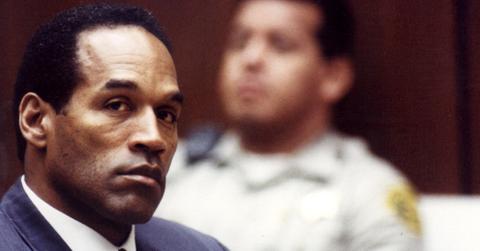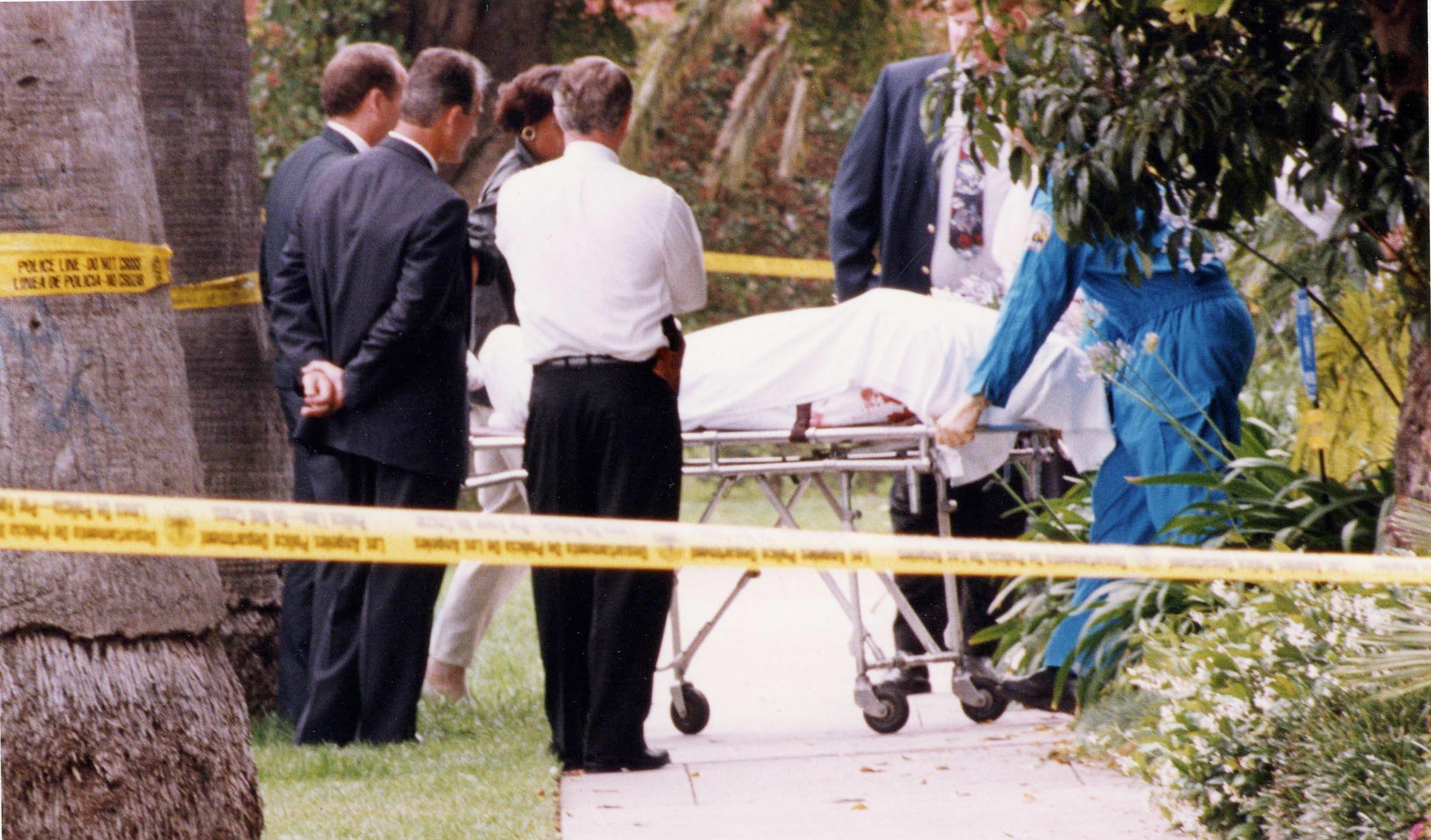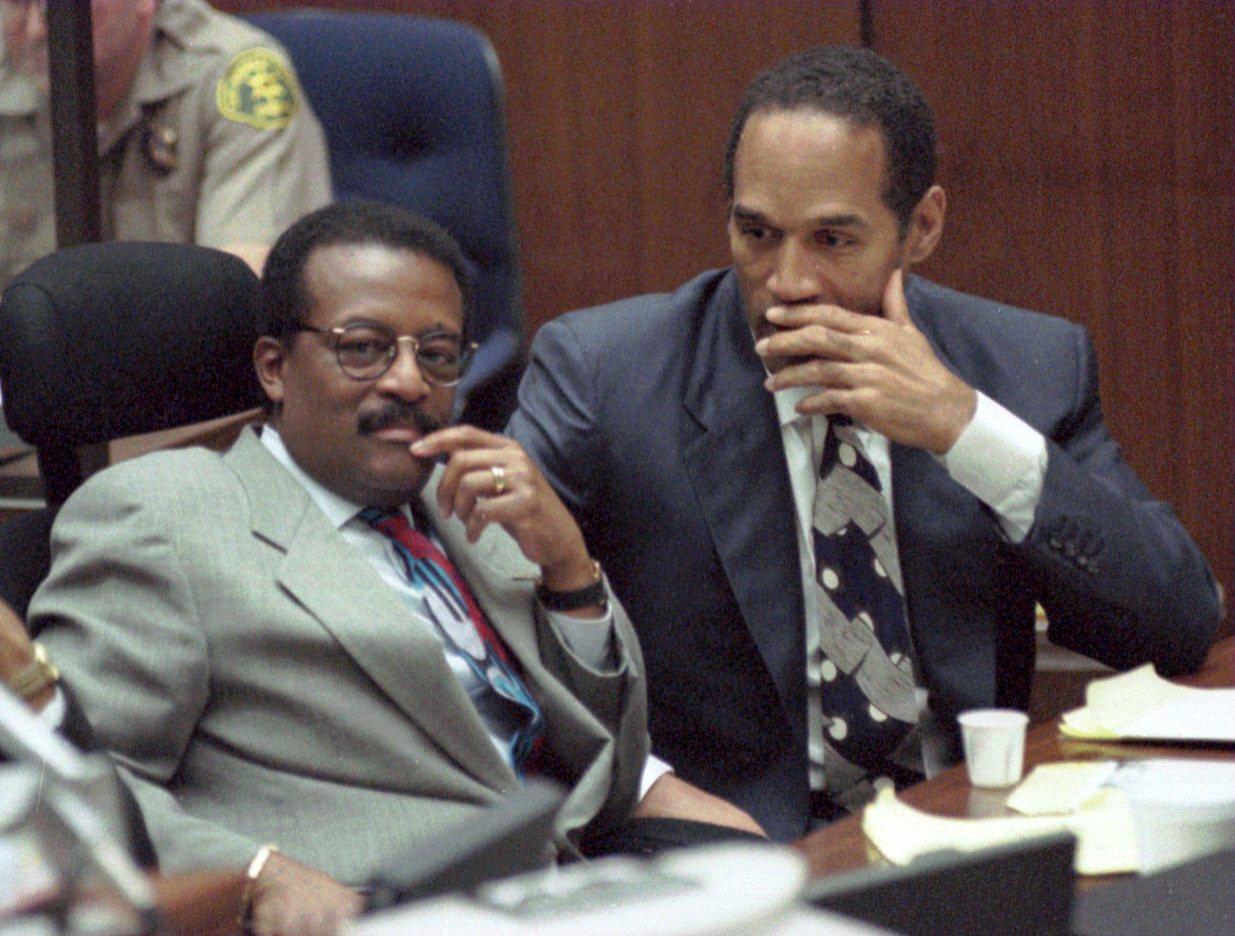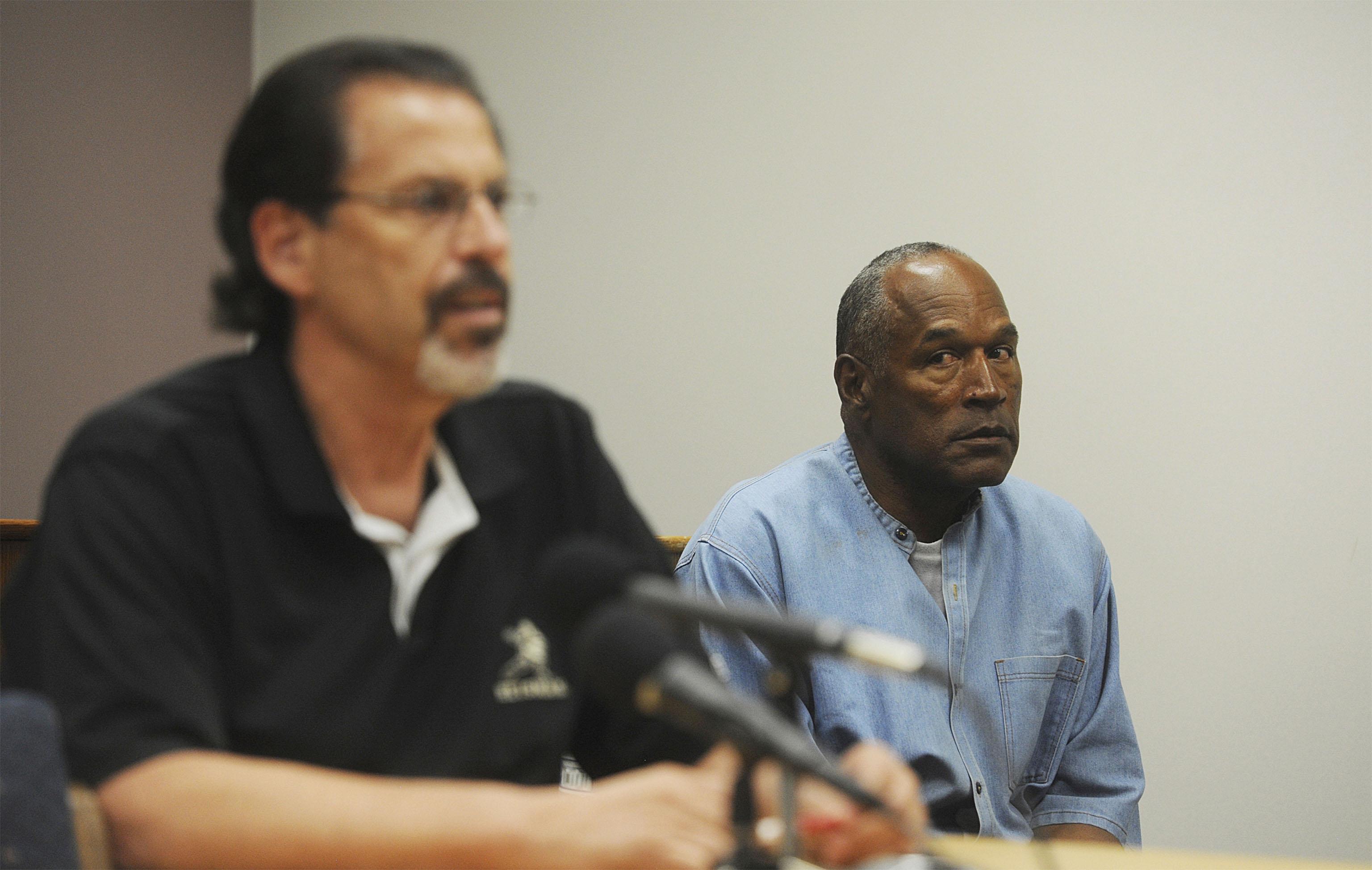The trial of trials: O.J. Simpson’s murder case divided America on racial lines

It was the biggest trial in the 1990s. It might be the biggest trial of all time. It’s most certainly the most-watched trial ever.
As another high-profile trial continues in Minneapolis over a police officer arresting a black man and restraining him as he died, the racial undertones of the case harken back to the days of O.J. Simpson’s trial.
The O.J. trial was dubbed the “Trial of the Century,” and it might be one of the few that lived up to the moniker.
It featured celebrities, unbelievable details, a car chase and a trial that captivated the nation. When the case ended, it left the country divided along racial lines. Some couldn’t believe the verdict, while others praised the jury.
Here is a recap of the murders and the trial that garnered as much media attention as the one occurring right now in Minnesota.
THE MURDERS

The scene of the Nicole Brown-Simpson and Ron Goldman's murder
On June 12, 1994, Nicole Brown Simpson — the ex-wife of former NFL player O.J. Simpson — and her friend, waiter Ron Goldman, were viciously murdered in her home’s entryway in Los Angeles.
Their killings were brutal. Goldman was stabbed 25 times and Brown Simpson a dozen times, according to reports. Her wounds were so deep her head was nearly detached.
They were found in the yard in a bloody mess.
Attention quickly turned to Brown Simpson’s ex, O.J., and the evidence was daunting. His blood was found at the scene, forensic evidence from the victim was in Simpson’s car and a shoeprint matched, according to reports.
As police moved to arrest O.J., the case took another dramatic turn.
THE BRONCO CHASE
On Jun 17, 1994, with police moving in, O.J. fled in a white Ford Bronco with his friend A.C. Cowlings.
News stations followed Simpson as he tried to evade capture by police. While hiding in the back of a White Bronco, Simpson famously led police on a 2-hour low-speed car chase.
The footage of the chase captivated the nation during the early days of 24-hour cable news. Millions watched as police followed O.J. on the highway. The NBA finals were happening at the same time, and even NBC cut away to show footage of the chase.
There were reports O.J. threatened to kill himself, leading many to believe that showed his guilt.
The chase ended when the Bronco stopped at O.J.’s home in Brentwood, California. After negotiating with police, O.J. gave himself up and was arrested.
THE CRIMINAL TRIAL

O.J. Simpson with his lawyers at trial.
On July 22, 1994, Simpson entered a plea of not guilty during his arraignment. Six months later, his trial began. Representing Simpson were Johnnie L. Cochran, Robert Shapiro, Barry Scheck, Robert Kardashian, and F. Lee Bailey, who are known as the “Dream Team.”
The trial’s prosecuting side included Marcia Clark as the lead prosecutor and Chris Darden as the co-prosecutor.
The trial was one of the first to be broadcast in its entirety on cable news. For more than 100 days, people had the chance to tune in and see the evidence against O.J. and the defense’s response.
The proceedings became a spectacle themselves and must-watch TV. Quotes from the proceedings became commonplace in American culture.
“If it doesn’t fit, you must acquit” - Johnnie Cochran’s statement on the bloody glove.
Witnesses who testified became celebrities in their own right including, former officer Mark Furman and Kato Kaelin.
Simpson’s defense team claimed that racism was a prominent reason for Simpson’s arrest, alleging that the Los Angeles Police Department intentionally planted the bloody glove found at the crime to frame Simpson.
The defense also argued that Simpson could not commit the murders because of his old football injuries.
On the other hand, the prosecutors argued that Simpson’s history of abuse towards Brown motivated him to murder her.
Americans watched the trial heavily, with many black Americans believing that Simpson police framed Simpson, while many white Americans disregarded the potential racism in the case and vouched for his demise.
- Blood Brothers: How the Erik and Lyle Menendez Murder Case Became Made-for-TV Fodder
- Cellmate Claims Madeleine McCann Suspect Confessed to 'Abducting Child' in Portugal During Burglary Spree
- An Iowa High School Senior Was Killed in Her Car. A Surprising Piece of Evidence Helped Solve the Cold Case 40 Years Later.
THE VERDICT

O.J. Simpson at his murder trial.
On Oct. 2, 1995, after more than 100 days of testimony, it took the jury a mere four hours to decide its verdict. The jury found Simpson not guilty for the murders of Brown and Goldman.
Simpson and his legal team rejoiced, state prosecutors and the victims’ families were crushed.
Some jurors would later tell media outlets that Simpson probably did commit the murders, but the state failed to prove its case beyond a reasonable doubt.
Once the verdict was announced, Americans became even more racially divided by the case. Black Americans were ecstatic about the results, believing the trial was a major step towards fighting racism in the United States’ legal system.
For white Americans, they felt that the jury made the wrong decision.
The verdict in the “trial of the century” had divided America again along racial lines.
CIVIL CASE
The trials over Goldman and Brown Simpson’s death didn’t end with the acquittal. The victim’s families filed a civil lawsuit claiming Simpsons was liable for their death.
Unlike a criminal trial, the civil case only needed a majority of the jury to agree. They did and the court ordered him to pay $33.5 million dollars to the victims’ families in a civil trial. Some felt the verdict was in retribution for O.J. being found not guilty. Others felt justice was finally being served, albeit with money and not jail time.
Simpson attempted to dismiss the verdict by filing an appeal, which was rejected by a judge, according to ABC News.
The outcome of both the criminal and civil trial remained the same. To date, no one has been proven to be Goldman and Brown Simpson’s killer.
THE 'CONFESSION' BOOK
In September 2007, Simpson released a book titled “If I Did It,” in which Simpson detailed how he would have hypothetically committed the double homicide of Brown and Goldman.
Some people called the book a confession, given the detail about the crime.
Many people, including the victims’ families, were enraged by the novel. The families of Brown and Goldman were able to receive all profits and editorial control of the book to help pay the money owed from the civil suit.
BACK IN THE SPOTLIGHT

O.J. Simpson at a hearing after his robbery conviction.
O.J. reached a new level of celebrity status thanks to the coverage of the trial and the verdict. He name became the name associated with trials. But, interest started to wane until 2007, when he found himself again in cuffs.
On Sept. 13, 2017, Simpson asked his friend, Charlie Ehrlich, and several others, Thomas Riccio, Chuck Cashmore, Clarence Stewart, Michael McClinton, Ryan Braun, Bruce Fromong, Alfred Beardsley, and Walter Alexander to accompany him to meet with memorabilia dealers.
According to Simpson, his plan was to see what memorabilia they had of his.
After arriving at the hotel to meet with the dealers, the plan failed as a belligerent Simpson went into a rage and ordered his team to collect all of his memorabilia. Several members of the team were armed, with Alexander pulling out his weapon at one point during the robbery. One of the victims made a phone call to 911, stating that he had just been robbed by the ex-NFL player.
Several days later, police arrested Simpson and his accomplices. Police charged Simpson and Stewart with 12 counts, which included assault, kidnapping and armed robbery with a deadly weapon, according to ABC News.
The trial commenced in October 2008, with the judge sentencing Simpson to a minimum of nine years to 33 years maximum.
With Simpson heading to prison, some felt justice was finally reached for all his misgivings, including his alleged role in the murders a decade earlier. Others felt his sentence was too harsh and basically punishment for the murders and not just the robbery.
After serving nine years of his sentence, Simpson was released from prison in 2017 after being granted parole, according to reports. Again, he found himself on TV as the parole hearing was broadcast on millions of sets across America.
O.J. was again the center of legal attention.
In the years since, O.J. has returned to living in America, though his celebrity status has faded. He frequently posts on social media about football and other pop culture moments.
What we still don’t know nearly 20 years later is who, officially, killed Brown Simpson and Goldman.
Become a Front Page Detective
Sign up to receive breaking
Front Page Detectives
news and exclusive investigations.
